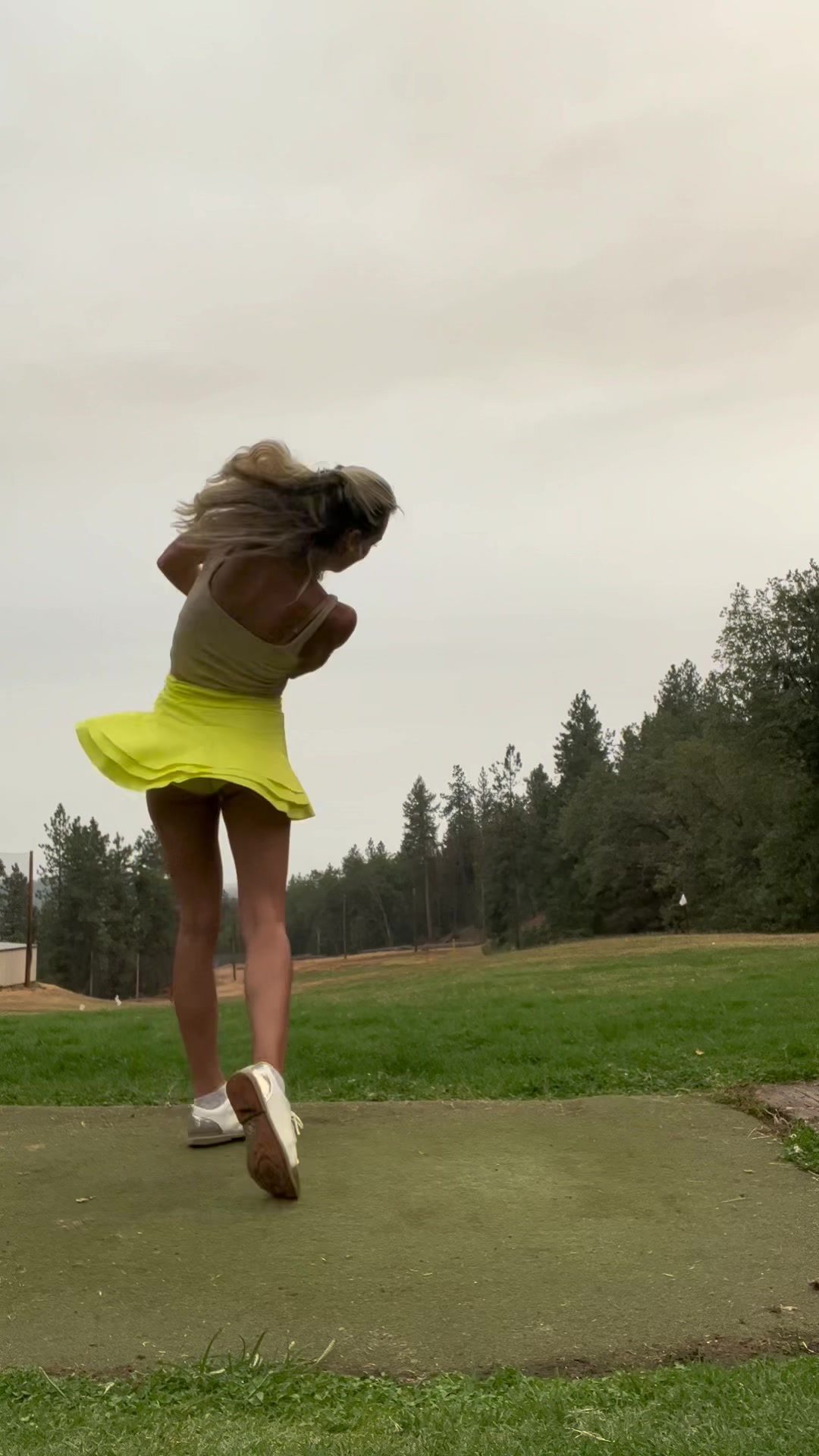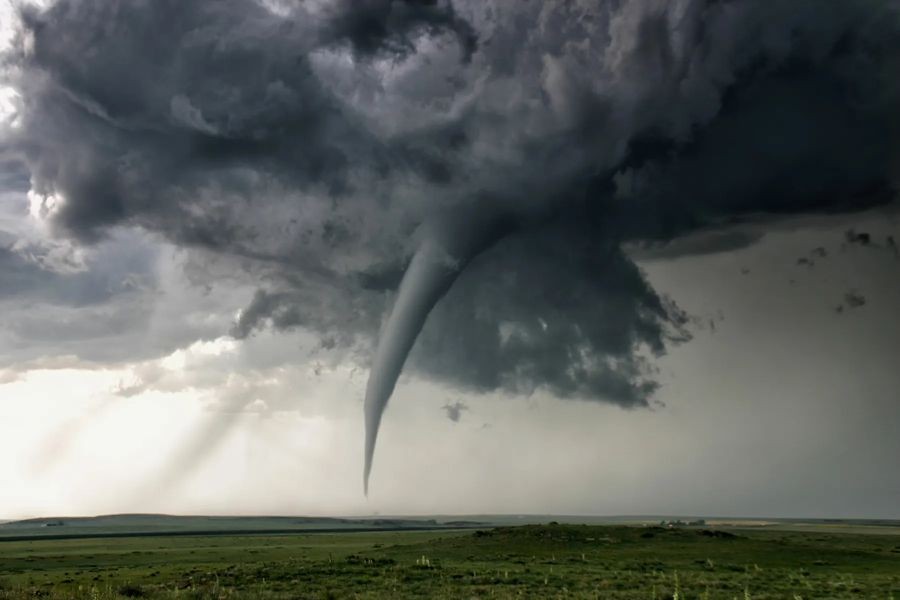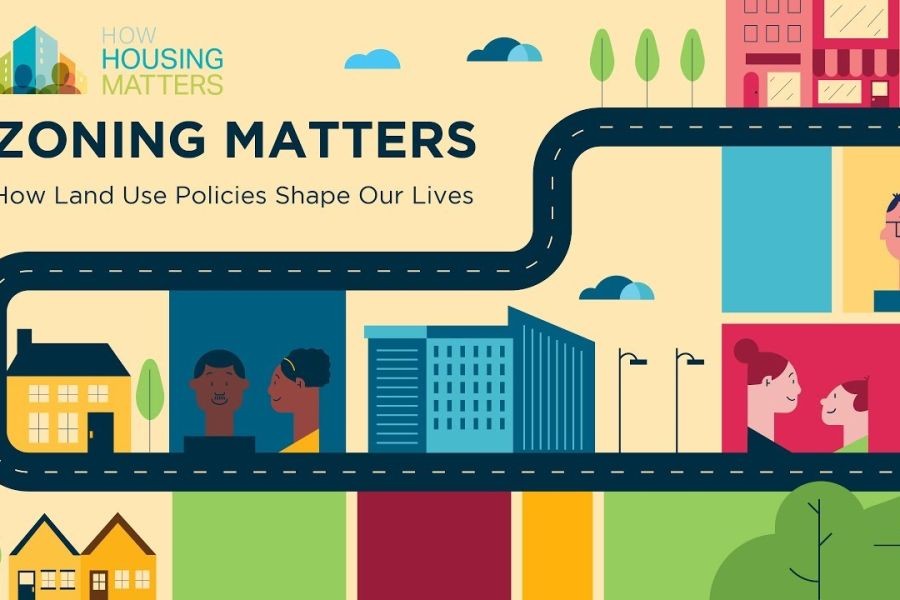New Zealand's educational landscape has long been intertwined with its natural environment, owing much to its unique geographical and cultural context. Outdoor learning, a practice gaining traction globally, has had a significant presence in Kiwi schools for decades. But what is the genesis of this practice, and why does it matter now more than ever in New Zealand's evolving educational sphere?
How It Works: A Deep Dive into Outdoor Learning
Outdoor learning, at its core, involves experiential education that takes place in outdoor settings. This approach not only enhances physical and mental well-being but also promotes environmental stewardship—a crucial aspect in a world increasingly aware of climate change. In New Zealand, the emphasis on outdoor learning is not merely a trend; it's a reflection of the country's deep appreciation for its natural heritage.
Historically, outdoor education in New Zealand can be traced back to the early 20th century when schools began incorporating nature walks and field trips into their curricula. Over the years, these initiatives have evolved into structured programs that integrate science, geography, and physical education, making learning both fun and impactful.
The Economic and Educational Impact in New Zealand
According to the Ministry of Business, Innovation and Employment (MBIE), sectors like tourism and environmental services contribute significantly to New Zealand's GDP. Outdoor education fosters skills that align well with these industries, such as problem-solving, teamwork, and ecological literacy. Consequently, students exposed to outdoor learning are better prepared for careers in these growing fields.
Moreover, research from Stats NZ indicates that students engaged in outdoor learning exhibit improved cognitive abilities and increased motivation—a testament to the program's efficacy in fostering academic excellence.
Case Study & Real-World Example
Case Study: The EnviroSchools Program
The EnviroSchools program, established in the early 1990s, is a prime example of successful outdoor learning implementation in New Zealand. The program encourages schools to engage in sustainability projects, allowing students to take an active role in environmental conservation.
Problem: Many schools faced the challenge of integrating sustainable practices into their everyday operations, often due to a lack of resources and expertise. This gap led to missed opportunities for hands-on learning experiences.
Action: EnviroSchools collaborated with local councils and environmental groups to provide resources, training, and support for schools. They implemented projects ranging from waste reduction and water conservation to creating native gardens and habitats for local wildlife.
Result: Within five years, participating schools reported a 40% reduction in waste and a noticeable improvement in student engagement and ecological knowledge. The program's success has led to its adoption in over 1,100 schools nationwide.
Takeaway: The EnviroSchools program underscores the potential of outdoor learning to instill environmental consciousness and practical skills in students. Kiwi schools stand to gain significantly by adopting similar initiatives that align with national educational and environmental goals.
Common Myths & Mistakes
As with any educational practice, misconceptions about outdoor learning abound. Here are some common myths:
- Myth: Outdoor learning is only for young children. Reality: While early childhood educators have long embraced outdoor learning, it is equally beneficial for older students. Research shows that high school students engaged in outdoor activities exhibit improved critical thinking skills and resilience.
- Myth: It's too costly to implement. Reality: Many outdoor learning activities require minimal funding. Schools can start with simple initiatives like campus clean-ups or nature walks, which have negligible costs but significant educational value.
- Myth: It detracts from academic learning. Reality: On the contrary, outdoor learning often enhances academic performance by providing practical applications of classroom knowledge, thus cementing understanding.
Future Trends & Predictions
As New Zealand faces environmental challenges and an evolving job market, outdoor learning is poised to become even more integral to the educational system. According to projections by the Reserve Bank of New Zealand, green industries will experience substantial growth, necessitating a workforce skilled in sustainability practices. Schools that prioritize outdoor learning will be at the forefront of producing graduates ready to meet these demands.
Conclusion
Outdoor learning in New Zealand is not just a pedagogical choice but a strategic necessity. As the country navigates the complexities of economic growth, environmental sustainability, and educational innovation, outdoor learning offers a multifaceted solution that addresses these challenges head-on. Schools, educators, and policymakers must continue to champion this approach to ensure a resilient, informed, and environmentally conscious future generation.
Call to Action: What initiatives has your local school implemented to embrace outdoor learning? Share your experiences or suggestions in the comments below!
Related Search Queries
- Outdoor learning programs in New Zealand
- Benefits of outdoor education
- How to implement outdoor learning in schools
- EnviroSchools program success
- New Zealand's educational trends






























